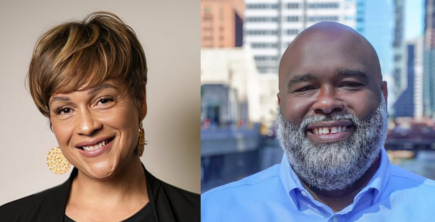
Our Community
Community clinics and health centers are a key source of health care for the poor. What will happen to them now that a version of health care reform has passed?
by Tom David, Jane Elizabeth Stafford of Tides’ Community Clinics Initiative
After nearly a year of heated debate about health care reform, Americans are used to hearing about the millions of their fellow citizens who are living without access to affordable medical care. But now that a version of reform has passed, what will happen to the institutions that have helped the poor and uninsured cope: community clinics and health centers?
The first not-for-profit health centers were founded in 1965, with roots in the War on Poverty and the civil rights movement. Their goal was to provide an open door to health care for poor and underserved neighborhoods, while also supporting community empowerment. Since then, community health centers have proliferated and become an integral part of the nation’s health care safety net.
Last year, according to the National Association of Community Health Centers, clinics provided care to more than 18 million patients in over 6,300 communities across the country. Those individuals are disproportionately poor, uninsured, and publicly insured. More than 70 percent of clinic patients have family incomes at or below the federal poverty level. Clinics serve an ethnically diverse population, and they pride themselves on providing culturally proficient care in multiple languages and in easily accessible locations within their communities.
Read the entire post on YES! Magazine.

Read the stories and hear the voices of social change leaders fighting for justice.